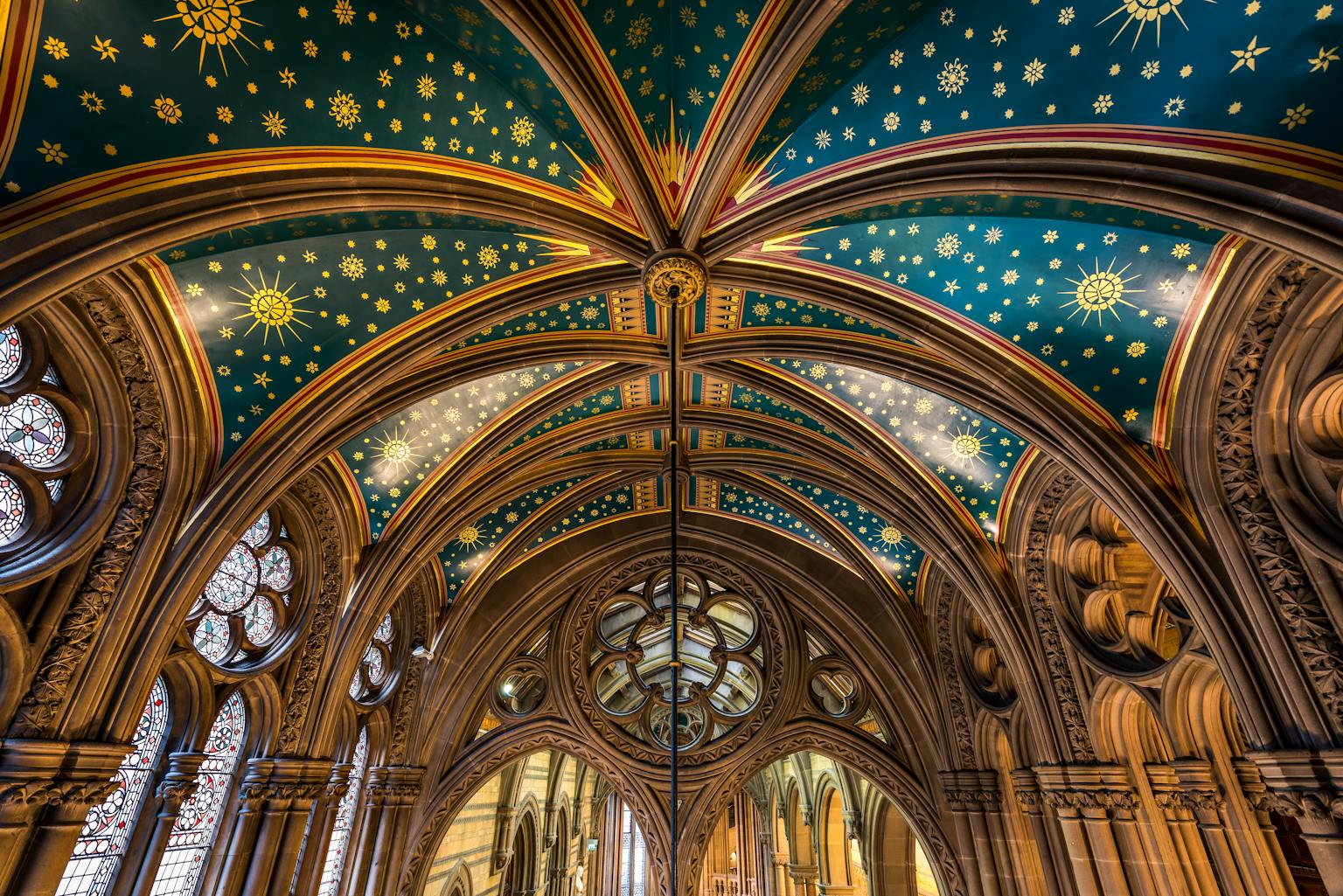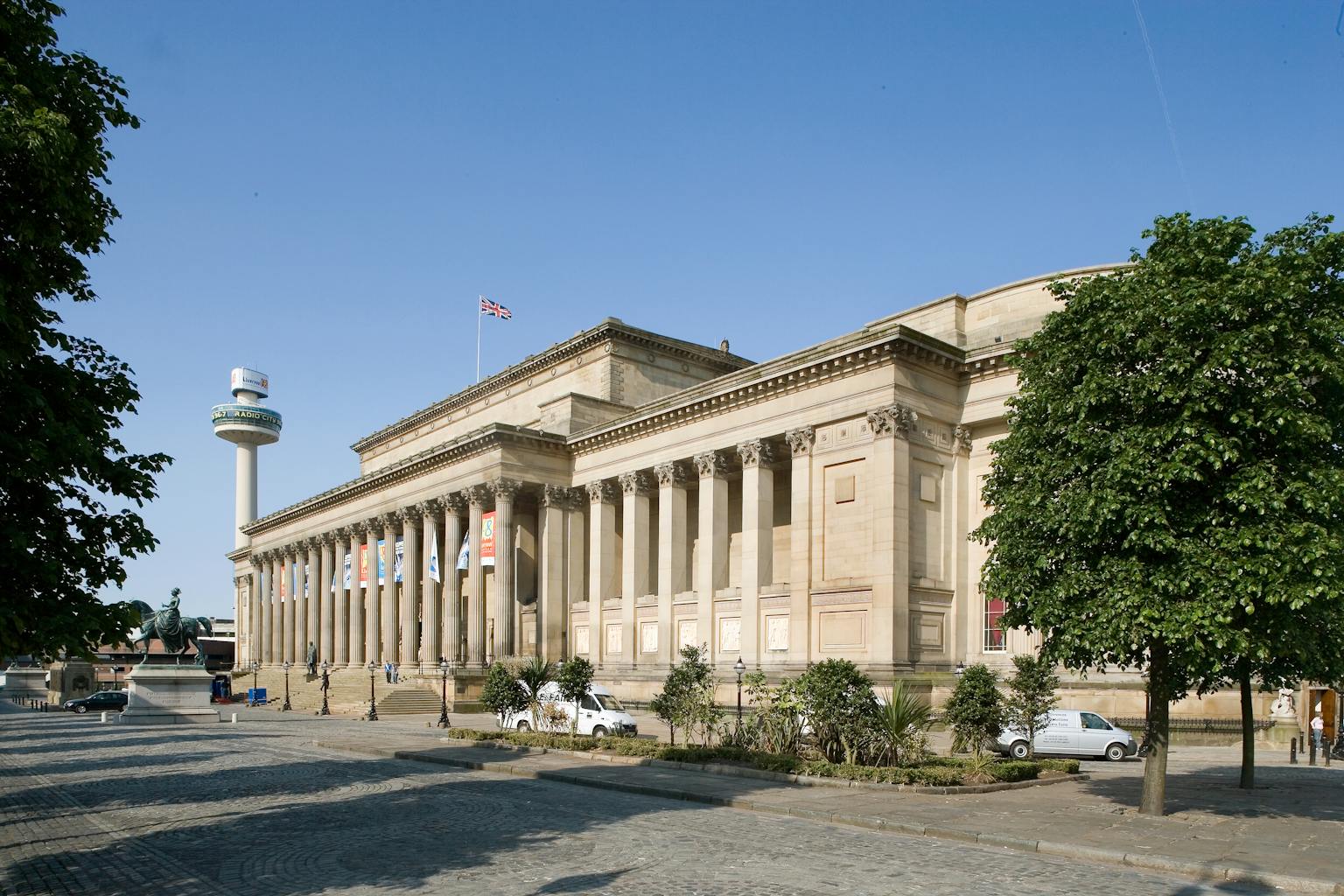Purcell celebrates 25 years in the North West
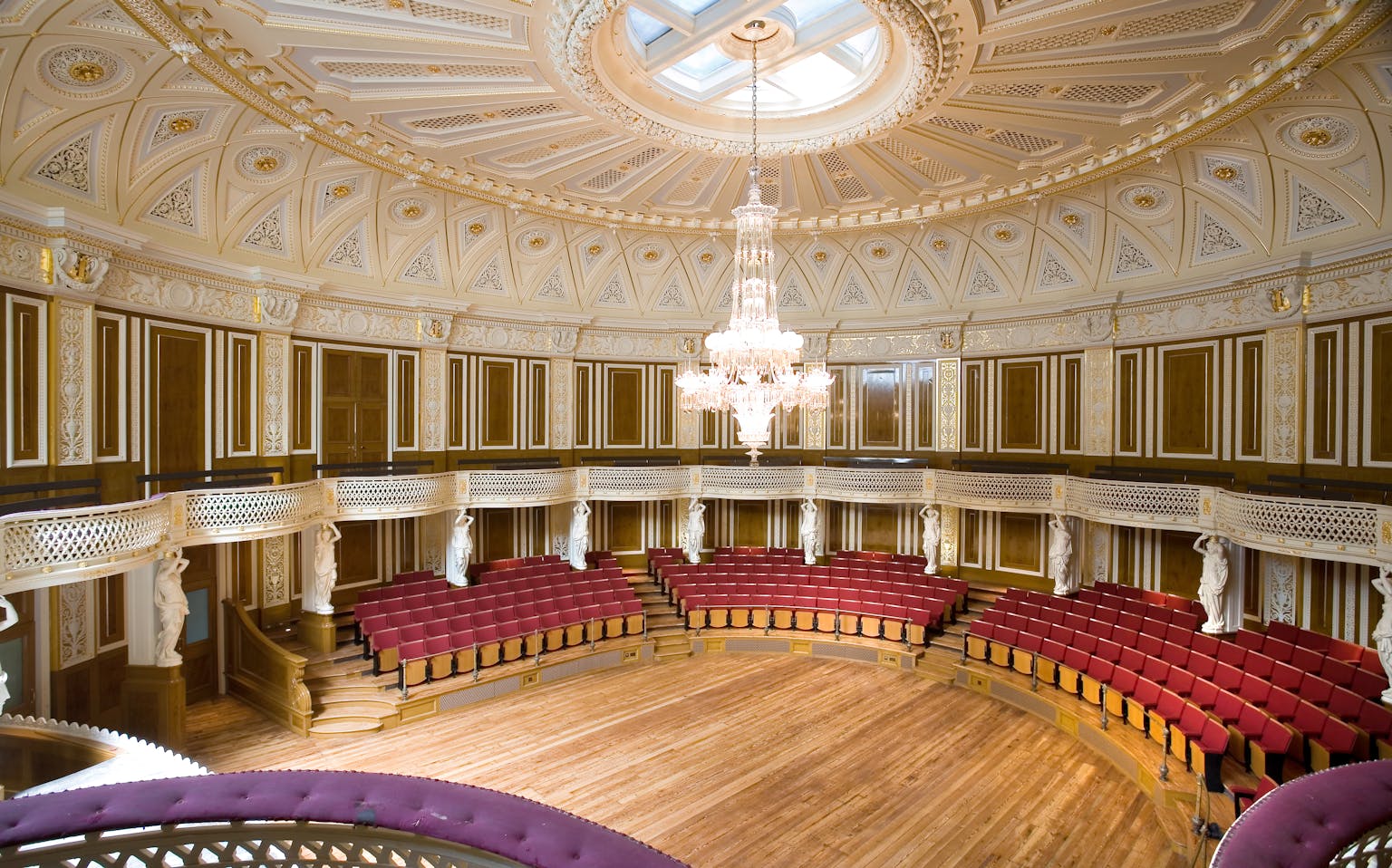
This month, we celebrate 25 years since Purcell established its studio in Liverpool. We reflect on three projects, from our first project in the region, St George’s Hall, to Liverpool Metropolitan Cathedral and the iconic Manchester Town Hall. These projects demonstrate the breadth of our approach in understanding a building’s particular qualities and value, working with them and their communities, and finding new ways for these buildings to be used and enjoyed.
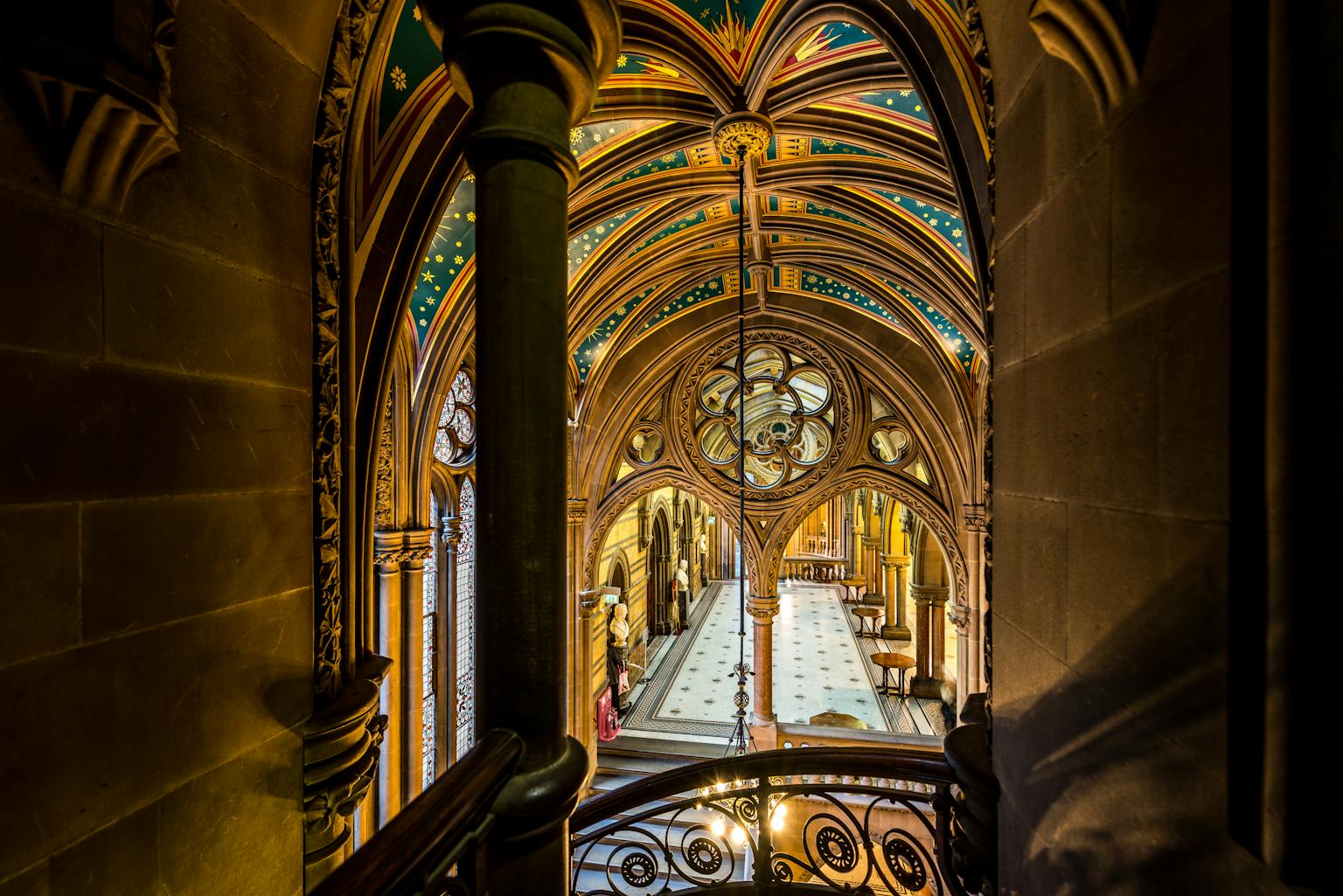
25 years after Purcell started its work in the North West the Manchester team couldn’t be more enthusiastic about the opportunities this vibrant and dynamic region of the country continues to offer. Our work continues to be varied and diverse, and with the Government’s commitment to ‘level-up the North’, regeneration projects are afoot all over the region, promising a very bright future for our Manchester studio.
— Associate, Tom Brigden
St George’s Hall in Liverpool is arguably one of the finest neoclassical buildings in Europe. It stands tall over Liverpool’s skyline, and echoes the ambitions the Victorians had for their city. Our work began in 1980, when the building was suffering from decades of under-investment.
To guide the direction and vision of the project we prepared a masterplan for the wider site and developed detailed proposals to conserve the building’s historic fabric. Working in close liaison with Historic England, and the local conservation teams, a comprehensive programme of restoration works was undertaken to bring the building’s fine interiors back to life and secure its role as a major destination in Liverpool’s cultural heritage.
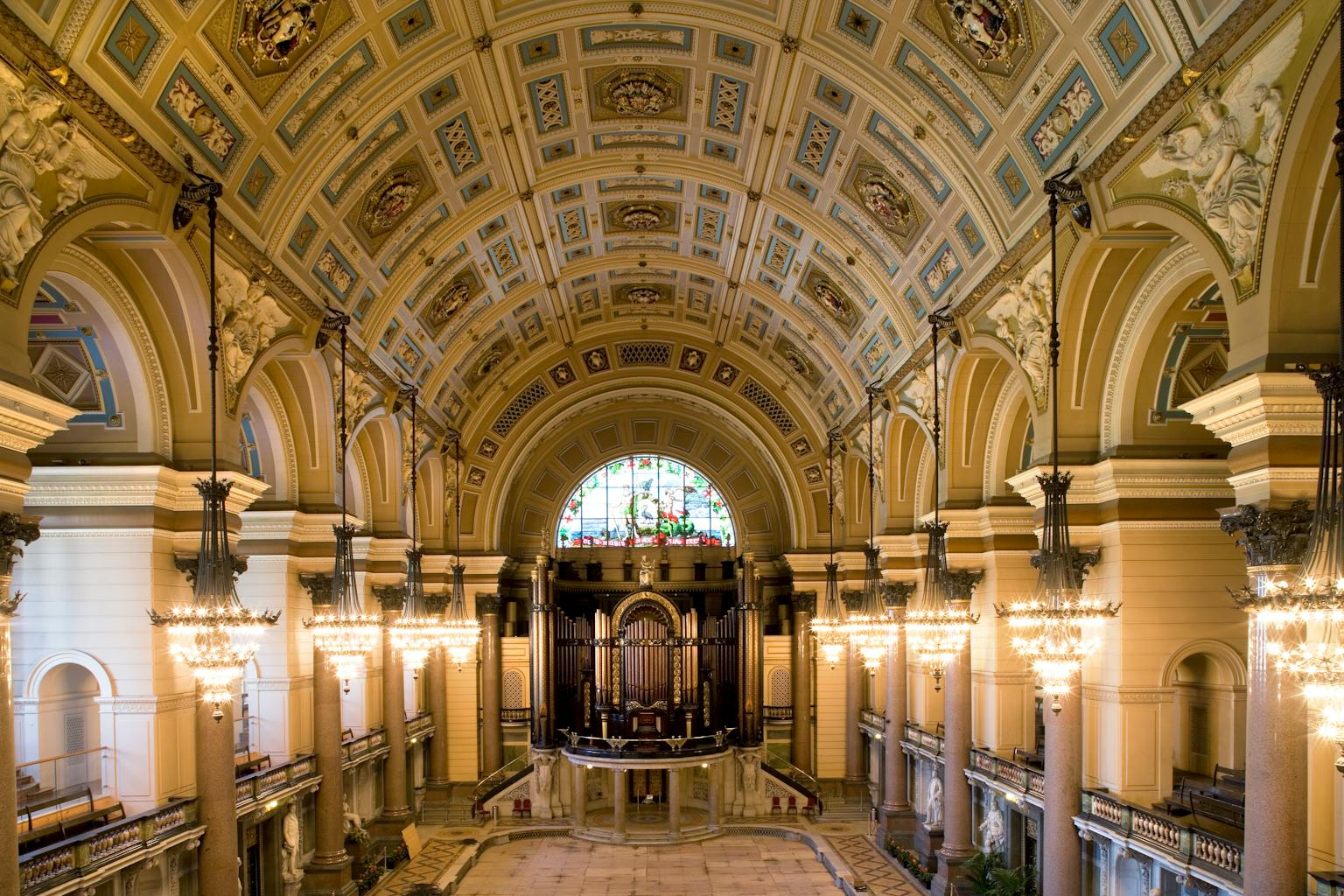
As appointed architects for the refurbishment of the Grade I Listed Manchester Town Hall, our team is bringing Alfred Waterhouse’s iconic building up to modern standards while improving its visitor experience and conserving its rich architecture. The project is due for completion in 2024, and will increase accessibility, ensuring the longevity of the building for generations to come.
The project is being delivered through a collaborative approach which has enabled the multidisciplinary team to develop an inclusive and flexible final design. Since the beginning, many educational programmes including a number of apprenticeships have developed and our team continues to be committed to enhancing skills and opportunities for local people which has been central to the project from the very start.
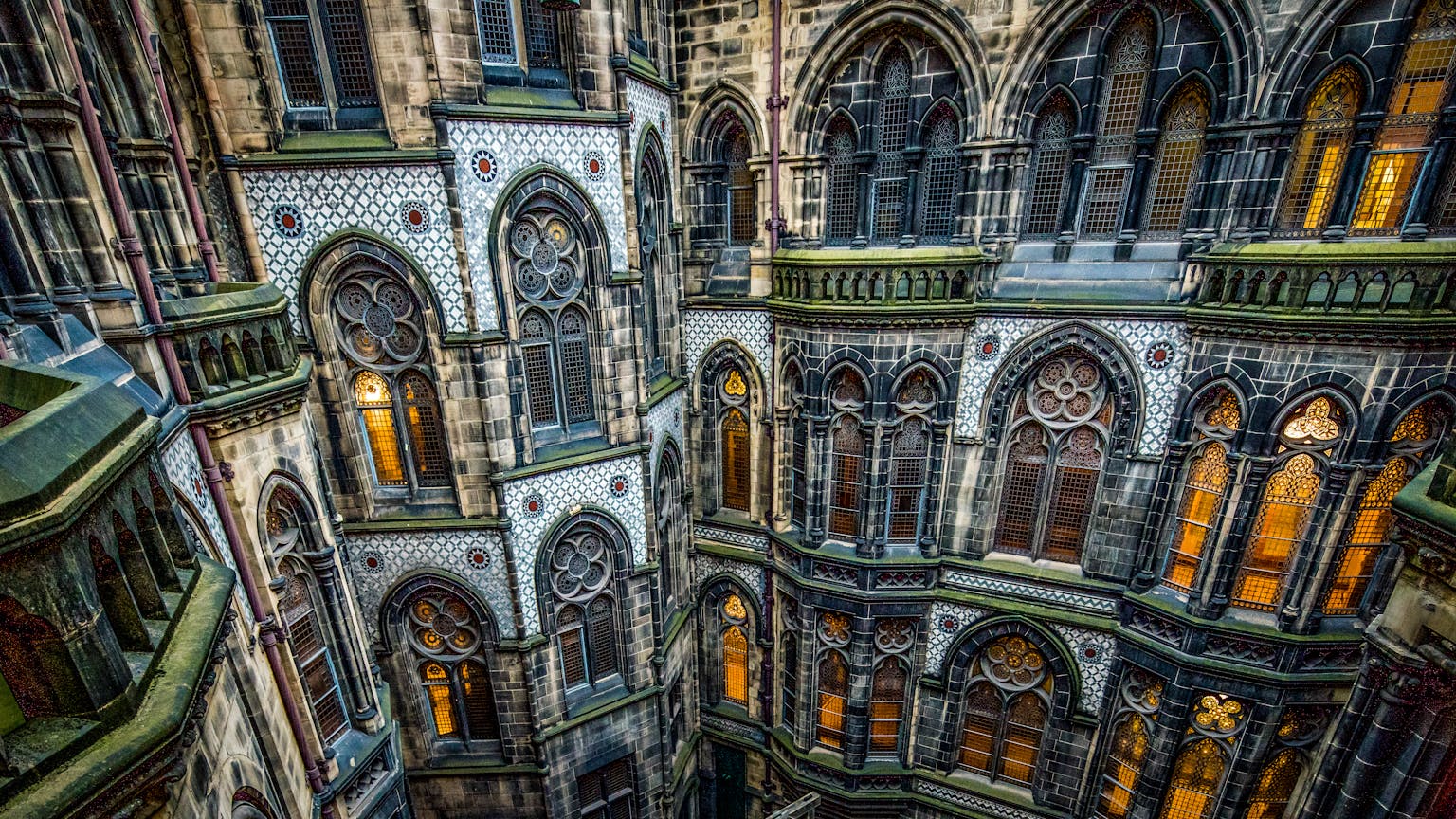
Purcell has realised our vision for the project exceptionally well. The creative and intellectual input is first class, and they respond to the many challenges we throw at them with good grace and a commitment to always deliver, often to demanding deadlines.
— Paul Candelent, Project Manager, Manchester City Council
Our team has a long-standing relationship with Liverpool Metropolitan Cathedral, recognisable by its pinnacle-crowned stained glass lantern tower. We have prepared a comprehensive programme of research into the building’s significance, and a Conservation Management Plan to assess its construction techniques, heritage value and condition of the building fabric.
Outside of the North West, Purcell are currently working on the other two Post-War cathedrals in the country, Coventry and Clifton Cathedral which exemplifies our commitment to developing conservation strategies and techniques for the listed buildings of the recent past.
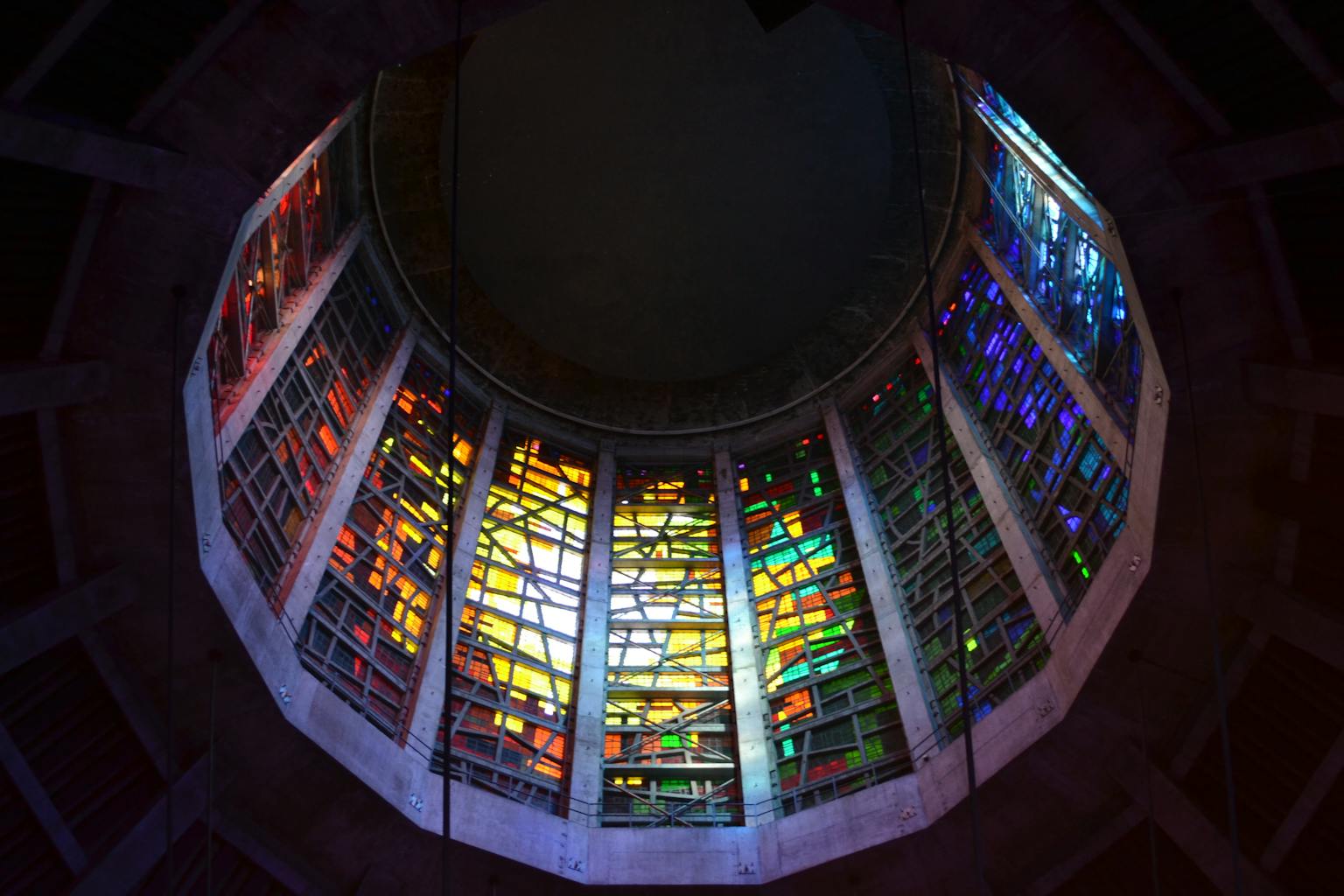
For 25 years, Purcell have been working to deliver sustainable new futures for the historic spaces of the diverse North West — from the industrial and the magnificent to the ruinous and the unassuming. Of particular significance to me, is our work with diverse industrial mills and warehouses managing future change. This began in 2010 with our innovative work on Northlight weaving sheds and continues in 2021 with our heritage planning advice to unlock the adaptive-reuse of Brierfield Mill in Pendle. The breadth of our work in the North West is astounding; from Liverpool's Post-War cathedral, to 19th Century cemeteries, urban conservation areas and rural country estates, town halls, churches, model villages, museums and defensive forts. I am excited to see what the next 25 years will bring.
— Associate, Rebecca Burrows
